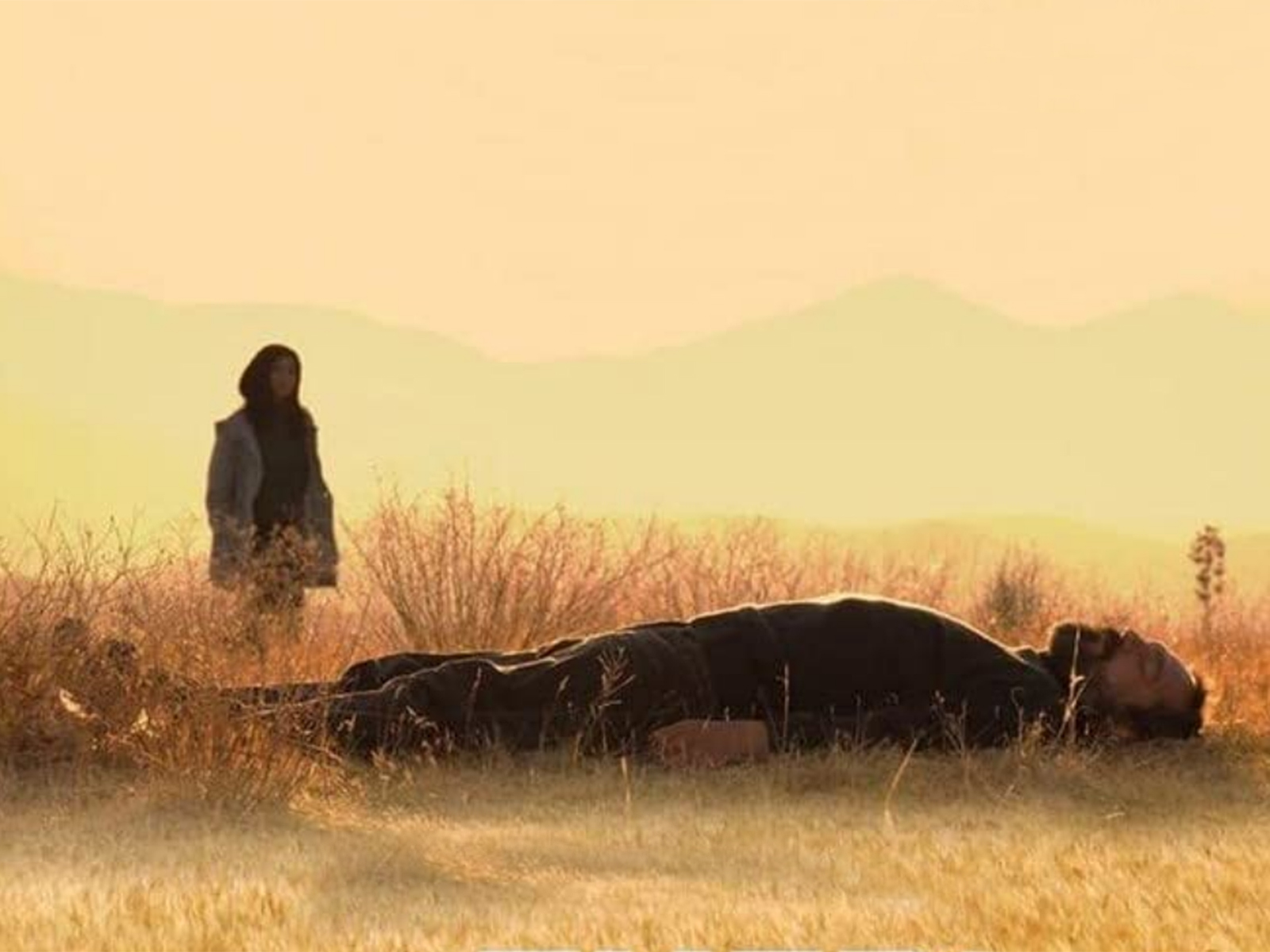
- Golden Globe Awards
There Is No Evil (Iran): Interview with Mohammad Rasoulof
Mohammad Rasoulof’s There Is No Evil is a heart-wrenching outcry against the death penalty practices in Iran. It deals with the subject from the point of view of citizens who become the unintentional executioners, usually soldiers, and who are forced in this position. Rather than looking at the circumstances that lead convicts to death row, the film surveys the ethical and psychic damage done to the ones who must perpetrate the violence on behalf of state law. In this way, Rasoulof’s approach implicates not only a corrupt and obsolete political system but also those who are complicit by partaking in evil despite their reluctance. It’s as if he turns the camera toward the audience, and asks: What do you do? And so he stirs us awake by pointing to the fact that human violence should no longer be perceived just as the offenders’ affair but also of all those who witness it day in and day out.
The film is comprised of four short stories, which are related only thematically. The first recounts the life of a man who leads a peaceful and mundane life with his wife and small daughter, but whose job in the wee hours of the night is shockingly brutal. The second centers around a soldier who is tasked with his first execution of a convict, but who, dreading having to kill someone with his own hands, plans his escape. The third tests the love of a young woman and a soldier by the realization that the intellectual activist recently put to death and mourned by the former was inadvertently executed by the latter. Finally, the fourth story speaks of an older man who resorted to living in isolation as a renegade after having refused to perform his “killing duties” as a soldier. We spoke by phone with Rasoulof, who has been the object of government censorship and persecution and is not currently allowed to leave Iran.
What motivated you to make this film?
I was intrigued by the question of responsibility in an authoritarian regime but also the question of why I want to live and work in Iran. When thinking of these questions, I thought of the subject of executions and the responsibility of the individual in the situation.
What are your views on the subject of responsibility of the individual?
I deal with this question of personal responsibility in a lot of my films. It is not my aim to solely blame the state for the current condition in Iran but to realize that each individual, the whole population, is responsible. But perhaps we have to accept that Iranian people are not ready yet to take their lives into their hands, that the fear is still too strong, and they choose to live with it. Saying “no” has a beauty in itself even though it can be very difficult.
So, why do you still want to work in Iran?
This is my home, and it is my right to be here. I don’t agree that I should be the one who has to leave the country. I feel connected to my culture. I want to look at universal themes and questions, touching people all over the world but through my cultural perspective. Culture can become a point of connection.
In making this film, were you afraid of the repercussions? I’m assuming that the issue of executions in Iran as presented in the film is current.
It is definitely an important matter. Just three days ago, a journalist was executed who had a hologram channel. This shows that the state government is very nervous and that they do not accept any other news sources and ideas than their own. Regarding myself, all of my films in the past had problems with censorship. My experience is that censorship pressures you into a certain way of thinking and seeing so that you start to restrict yourself and close your eyes to reality. Of course, fear is also there, sometimes less and sometimes more. But if you want to shed light to these dark parts of society, then you have to deal with the consequences.
Why did you choose this particular order of putting together the four stories, and how are they connected with each other?
The decision of how to put these episodes in order has several layers but the most important aspect is (based on) the way the characters obey or disobey. The first story shows a person who does what he is asked to do – basically he says “yes”. On one hand this leads him to being part of society, he has a family, work and a car, but on the other, he’s still in a different kind of prison, not free at all. The other three stories present different degrees of saying “no”. The second story, for example, shows us how saying “no” leads to marginalization.
The film ends in a standstill with a very beautiful but frozen image. Why?
The first and the last episode probably have the strongest contrast. The first shows a very closed atmosphere while the last has an openness to it. This is because the character in the end, on the one hand has everything taken from him but on the other he is free, probably freer than the rest of the characters. Regarding the very last scene, I wanted to leave it open for the audience.
Are you feeling optimistic or pessimistic about the future of Iran and the world?
I’m very hopeful. We are lucky to live in a time when young people in Iran and abroad can communicate, while it’s much harder to control the information now than it used to be. The forces of change are becoming stronger and stronger. Yet, for real change to occur, the whole culture and education have to transform. This takes a long time.

